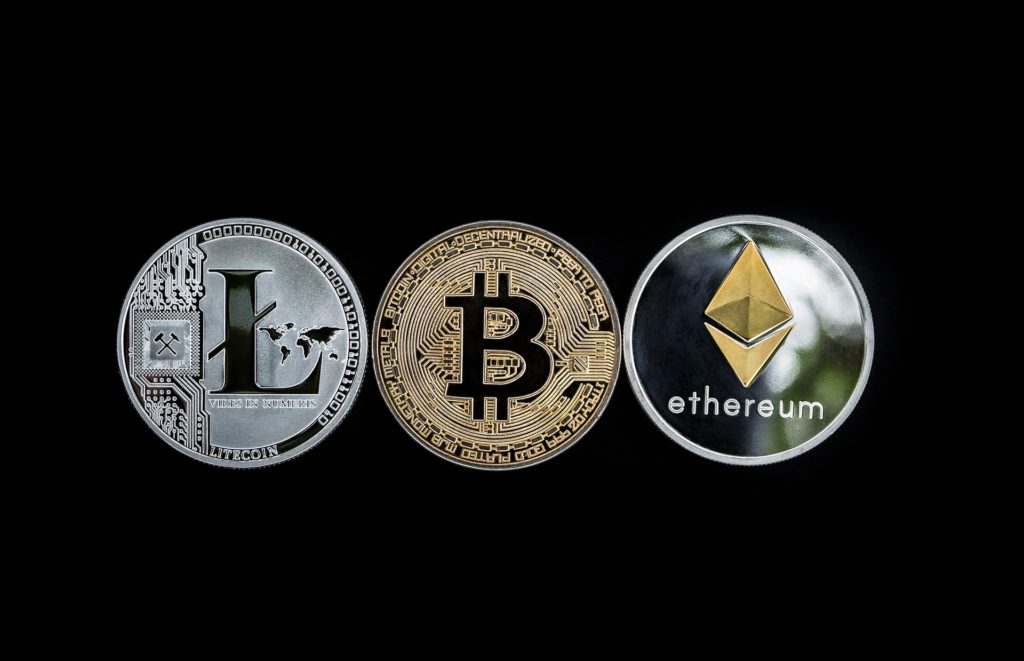I’m sort of shocked this isn’t already solved.Mozilla, Google, Microsoft, and Apple could cement themselves as the “only viable browsers” by solving this.Here is how I see it:
– Form a consortium (just like the competing banks did in the 50s to create Visa).
– Google, Apple, and Microsoft already have expertise in collecting payments and running services, which they can lend to the consortium.
– Each member creates a UI in their own browser for micropayments that is backed by the consortium.
– The UI has the ability to add funds (processed by the consortium) and set budgets and have little check boxes for “ask me every time” or “automatically pay if below 1 cent” or “allow up to $5 / mo on this web page” or lots of other budget options so that you don’t have to think about it every time.
– When you go to a page, they can throw up a request for payment (which if you’ve already made a budget decision you don’t even see as a user), you send a token, they pass the token to the consortium who moves the money from your account to theirs.
– The consortium pays out to web pages when they have earned more than $10 (just like Adwords!) and generates a 1099 or equivalent.They take a piece of pie at this point.
And now if you want an ad free experience, or want to use a site that requires micropayments, you must use one of those browsers.And the site owners can offer both.
Send back a payment request, if it fails, show ads.
Heck, even if Google didn’t want in, Apple, Mozilla, and Microsoft could pull it off without them (they still have about 38% of the market).
You can secure it using standard crypto.The browser generates a private/public key pair.The website generates a keypair.
Both sends the public key to the consortium.When you make a payment, you generate a message that says “I pay foo.com 1 cent” and then sign it.Foo.com takes the message, wraps it up and says, “I want 1 cent” and signs it.The consortium verifies the signatures, makes sure the amounts add up, and then sends back an “OK” response if the user has the funds available.
They key here is that if those four agree on a UI and agree to a central payment processor, they have enough pull that website owners will want to use the service.Especially if there are no per transaction fees.
This also solves the onboarding problem for website owners.It pushes it to the consortium.Who can push it right into their parent companies.Google could automatically tie payment to your Google account, and so could Apple and Microsoft.
It would be part of the UI.
In fact it would be a good workaround for Google in the new “do not track me” world.
People block ads because they are annoying, and trackers because they get no perceived benefit.
But payments provide benefit to the user, so they would be more willing to make the payment, thus providing tracking data.And for Google it would help cut Facebook out of the tracking because then they could encourage blocking tracking while accepting payments!.
